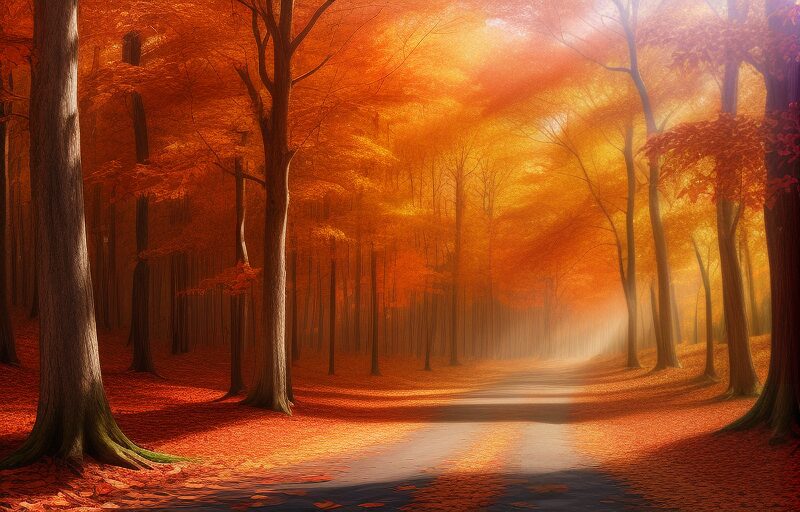It’s time to start pulling out our layers and admiring the fall weather. Of course, fall means more than wearing our favorite sweaters and eating pumpkin pie. It’s time for the Bay Area’s trees to shed their leaves, and we can witness their different colors before they fall. Of course, the leaves always fall, but what gives them unique colors?
As the leaves return through spring and summer, the days become much longer, and we get green trees again. We all know about photosynthesis; the part of the leaf that allows it to perform this is called chlorophyll. The chlorophyll turns sunlight into energy for trees, producing green pigments and giving trees their color.
Other pigments like orange, yellow, and red are also produced year-round—however, only green captures sunlight, which washes everything else out during summer and spring. As we approach the winter months, the days become significantly shorter. Trees have less sunlight, so they absorb and produce less chlorophyll, which allows those other pigments to shine.
Eventually, the tree takes in all the sugar from the leaves, and the leaves fall, giving this season its name. As far as the colors of these leaves, they vary by tree and the different pigments they produce. There are three different pigments: flavonoids, carotenoids, and anthocyanins. Flavonoids are responsible for the bright yellows that we can see in aspens. Cartenoids provide us with the classic fall orange seen in many trees, particularly maples. Finally, the anthocyanins shine with the deep reds and sometimes purples we see with beech leaves.
As you continue to enjoy the beautiful fall weather, take time to admire the leaves changing colors and the falling process. Maybe take a walk and stomp through the crunchy leaves.
More Helpful Articles
Spring Gardening!
As the rainy grip of winter begins to loosen its hold, it is time to welcome spring! With its longer days and warmer temperatures, spring brings new life to the Bay Area landscape, making it the perfect time to roll up your sleeves and dirty your hands in the garden. ...
Happy Leap Year!
Nearly every four years, we add an extra day to the calendar – February 29th – to make sure that the Gregorian calendar stays in sync with the Earth’s movement around the sun. This holiday, rooted in scientific discovery, has historically been home to curious...
San Francisco’s Hidden Boats
Every day hundreds of thousands of people walk San Francisco’s picturesque coastline unaware of what may lie beneath them. Though people may know that its coastline has been manually altered throughout the years, many may be surprised to know that much of the...






Recent Comments